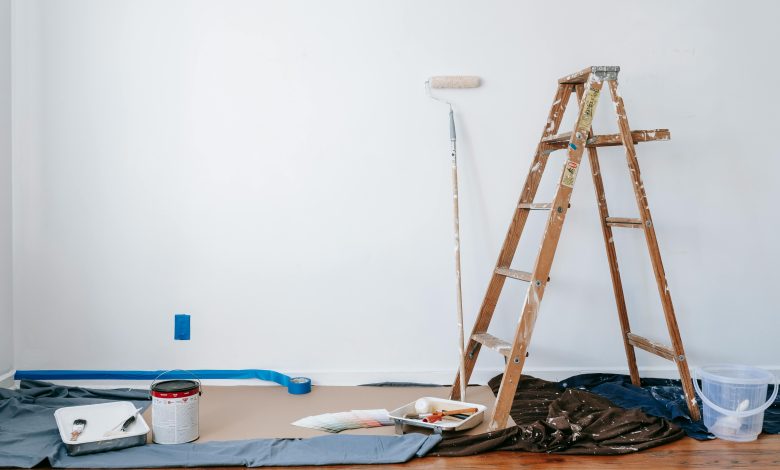Financing Your Next Home Renovation

Financing Your Next Home Renovation: Smart Ways to Make Your Dream a Reality
Home renovations are exciting! Whether you’re upgrading your kitchen, adding a home office, or sprucing up your outdoor space, renovations can boost your home’s value and improve your quality of life. However, they often come with a hefty price tag. If you’re wondering how to fund your next big project without breaking the bank, this guide is for you.
Here’s a rundown of some smart and practical ways to finance your next home renovation:
1. Set a Realistic Budget
Before diving into financing options, determine how much your renovation will cost. Research materials, labour, and unexpected expenses. A detailed budget helps you avoid overspending and sets a clear goal for financing.
Pro tip: Add a 10-20% cushion for unexpected costs. Renovations often reveal hidden surprises, like plumbing or electrical issues.
2. Tap Into Your Savings
If you have a robust savings account, consider using it to finance your renovation. Paying in cash eliminates interest and keeps you from accumulating debt. However, avoid depleting your emergency fund entirely. Keep enough aside for unexpected life events.
3. Home Equity Loan or Line of Credit (HELOC)
If you’ve built up equity in your home, a home equity loan or HELOC can be a great option. These loans often have lower interest rates than personal loans or credit cards since they’re secured by your home.
- Home Equity Loan: Borrow a lump sum upfront and pay it back in fixed monthly installments.
- HELOC: Works like a credit card—you borrow as needed, up to a certain limit.
Keep in mind: Missing payments could put your home at risk.
4. Personal Loans
For smaller projects, a personal loan is a popular choice. These loans are unsecured, meaning they don’t require collateral, and can be used for virtually any purpose. The downside? Interest rates may be higher than home equity loans, depending on your credit score.
5. Refinance Your Mortgage
Refinancing your mortgage to take advantage of lower interest rates or cash-out refinancing can free up funds for your renovation. With cash-out refinancing, you take out a new mortgage for more than what you owe on your home, and the difference is yours to use.
Is this right for you? It depends on current mortgage rates and how much equity you’ve built.
6. Government Grants and Loans
In some cases, you might qualify for government programs designed to support home improvements, especially if the renovations improve energy efficiency. Look into:
- FHA 203(k) Loans: These combine the cost of your home purchase or refinance with renovation costs.
- Energy-Efficient Mortgages (EEMs): For eco-friendly upgrades.
Check your local government’s website for grants or incentives specific to your area.
7. Credit Cards
For small-scale projects or finishing touches, credit cards can be a convenient option. Many cards offer rewards or 0% introductory APRs. However, this is best used if you’re confident you can pay off the balance quickly. High interest rates can make this an expensive option if the balance lingers.
8. DIY and Cost-Saving Tips
If your budget is tight, look for ways to save. For instance:
- Do small tasks yourself, like painting or demo work.
- Source materials during sales or buy gently used items from resale stores.
- Prioritize must-haves over nice-to-haves.
Every dollar saved on labour or materials can be redirected into your project.
9. Crowdfunding or Family Loans
If your renovation benefits others (like creating a family-friendly backyard), consider crowdfunding. Platforms like GoFundMe can help you raise funds for specific goals. Alternatively, family loans might offer a low- or no-interest option—but be sure to draft a clear repayment agreement to avoid tension.



